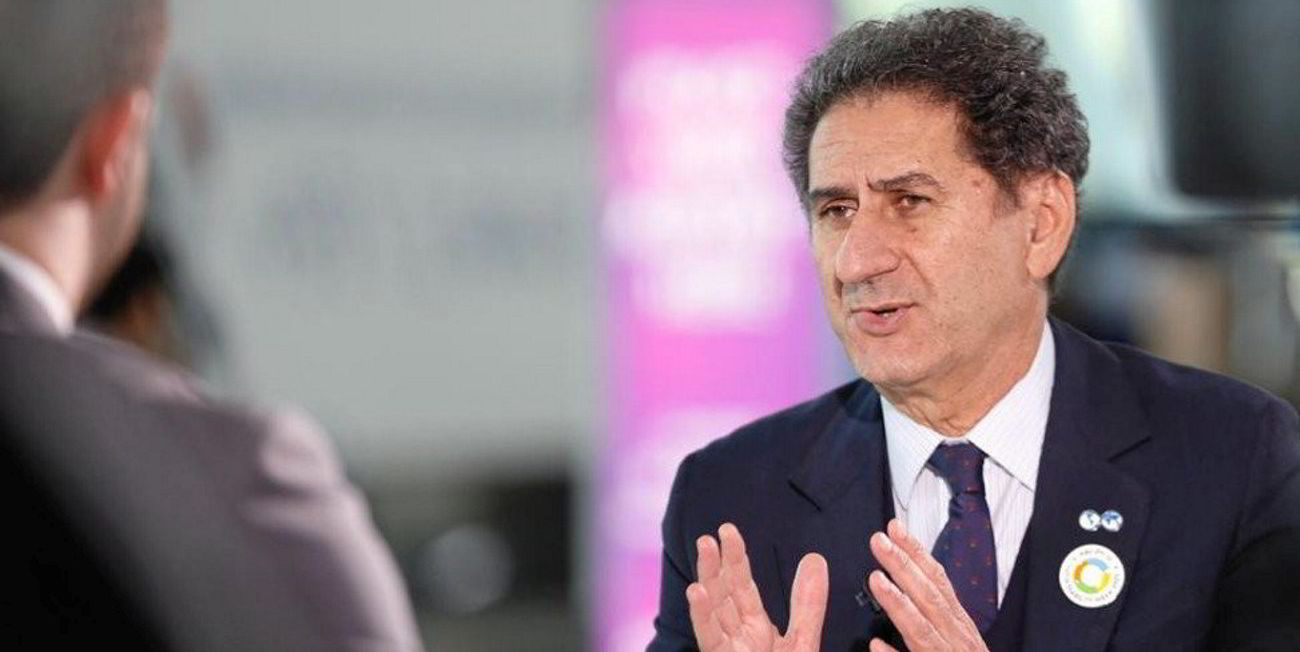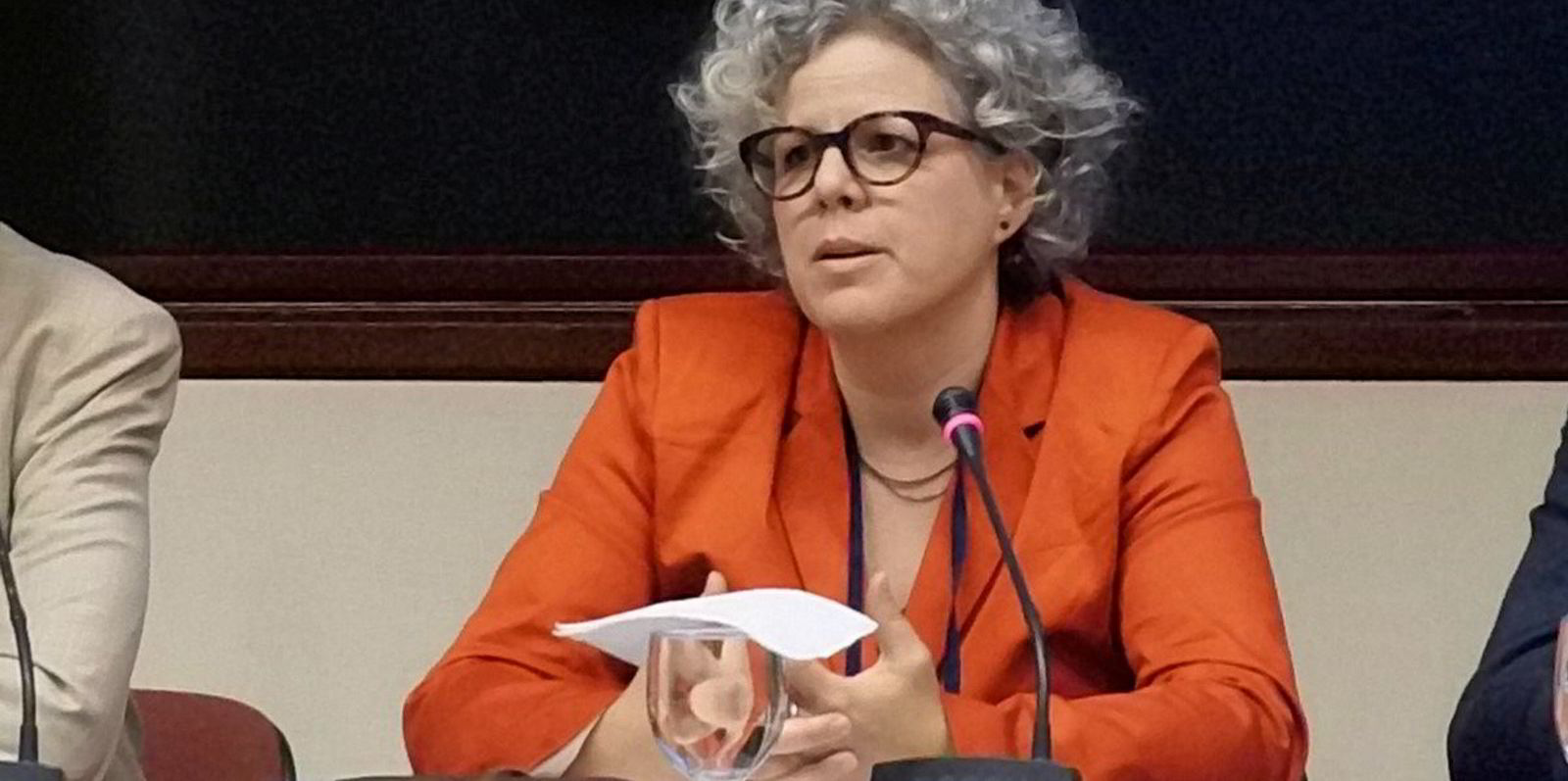Renewables ended 2021 accounting for 38% of total power plant on the planet, making up an “unprecedented” 81% of global capacity additions, and wiring-in some 257GW of new clean energy production worldwide, according to latest data from the International Renewable Energy Agency (Irena).
Global renewable generation capacity amounted to 3,064GW at the end of last year, increasing the stock of clean power by 9.1%,as hydropower fleet grew to reach 1,230GW, solar capacity rose 19% with the addition of 133GW and wind 13% via a further 93GW of turbines, recorded Irena in its Renewable Capacity Statistics 2022.
“The global shift to renewables is underway. This latest edition of the renewable capacity statistics comes as a statement to the world that renewables are the de facto energy choice for new power generation, despite the devastating effect the Covid-19 pandemic has had on society and public agenda priorities,” said Irena director-general Francesco La Camera.
“This recent progress is encouraging, but enormous efforts are required urgently to stay on the pathway to the 1.5°C climate goal. Choosing renewables should be the standard for new power additions as we act resolutely to stop new fossil fuel power generation, phase out the assets, and upgrade infrastructure to ensure system flexibility that allows a higher integration of variable renewables.
But La Camera warned: “The energy transition is far from being fast or widespread enough to avert the dire consequences of climate change.”
Hydropower: Growth "increased steadily" with the commissioning of several large projects delayed through 2021
Wind: Expansion continued at a lower rate last year (+93GW) compared to 2020 (+111GW)
Solar: Increase in new plant construction in all major world regions, with global capacity now having outgrown wind
Bioenergy: Expansion increased last year (+10.3GW) compared to 2020 (+9.1GW)
Geothermal: Exceptional growth last year, with 1.6GW added.
Off-grid electricity: Capacity grew by 466MW last year (+4%) to reach 11.2 GW.
Although hydropower accounted for the largest share of the global total renewable generation capacity[ the report] shows that solar and wind continued to dominate new generating capacity. Together, both technologies contributed 88% to the share of all new renewable capacity in 2021,” noted the report authors.
The report highlights that the “large existing stock of non-renewable energy [currently in operation] signifies a carbon lock-in for many countries that must face the decision to decommission fossil fuel power plants before the end of their useful lifetimes”.
“This is especially evident in those countries that depend almost entirely on large-scale fossil fuel power generation.”
Some 60% the new clean energy capacity in 2021 came from Asia, via a total of 1.46TW in addition, 121GW of which was wired in in China. Europe and North America, led by the US, took second and third places respectively, with the former adding 39GW, and the latter 38GW. Renewable energy capacity grew by 3.9% in Africa and 3.3%in Central America and the Caribbean.
“Despite representing steady growth, the pace in both regions is much slower than the global average, indicating the need for stronger international cooperation to optimise electricity markets and drive massive investments in those regions,” said La Camera.
“Choosing renewables should be the standard for new power additions as we act resolutely to stop new fossil fuel power generation, phase out the assets, and upgrade infrastructure to ensure system flexibility that allows a higher integration of variable renewables.”



